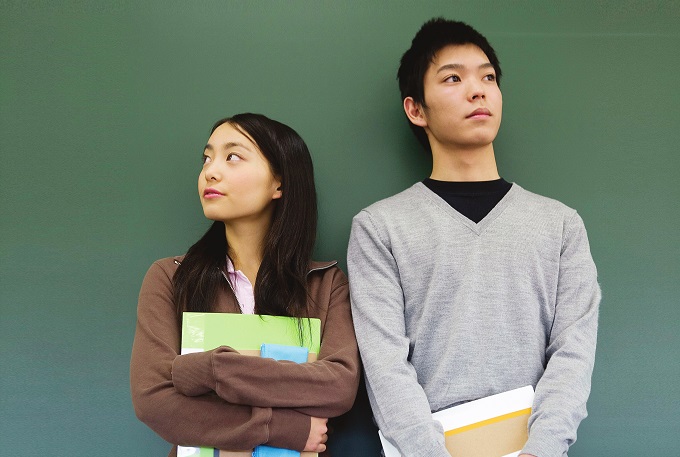Let’s find out what Japanese universities are like from this Q&A sessions!
For an undergraduate faculty in Japan, the approximate total amount of tuitions for one year (including the enrollment fee charged only in the first year) is 820,000 Japanese yen (“yen” hereafter) for a national university, 930,000 yen for a public university and 1,100,000 – 1,650,000 yen for a private university (excludes the faculties of medicine, dentistry and pharmacy).
For reference purpose, in case of 4-year universities in the United States, the tuitions and various other fees on average for one year will total to 26,820 US dollars for public universities and 36,880 dollars for private universities*.
(according to Japan’s Ministry of Education, Culture, Sports, Science and Technology – Higher Education Bureau, Student Support and Exchange Division).
(*Source: “Guidebook for Studying in America 2021 Edition”)
First of all, it is important for the student to have an interest in Japan, such as having an interest in Japanese culture or having a desire to learn more Japanese language.
In a questionnaire carried out at each of the seminar on Japanese universities organized by Lighthouse, 65% of participants in October and November 2017 and 77% of participants in June 2018 have responded the reason for wanting to be admitted to a Japanese university as because “the student likes Japan”.
The level of Japanese language skill required at a university will largely vary depending on the program. Universities that do not question the ability of Japanese language in the entrance examinations or universities having programs where applicants with even nil Japanese language competence can be admitted are gradually increasing, but the choice of majors are limited. If the applicant at least has some ability of Japanese, the choice of programs will widen.
Furthermore, in case of universities that require an essay in Japanese to be written, one could project to some degree how much knowledge of Japanese will be required by looking through the questions of past entrance examination tests.
(By Mr. Makoto Harada, Educational Consultant)
(according to Japan’s Ministry of Education, Culture, Sports, Science and Technology – Higher Education Bureau, Student Support and Exchange Division).
(* Source: Researched by Japan Student Services Organization as of May 2017)
This means that the applicant will have a chance to take the entrance examinations of Japanese universities after knowing the results of U.S. universities during January – March of Grade 12 year. However, it is a must to pay the enrollment fee in order to retain the right to be enrolled at a Japanese university. Accordingly, be sure not to forget to confirm the deadline for the payment of enrollment fee.


